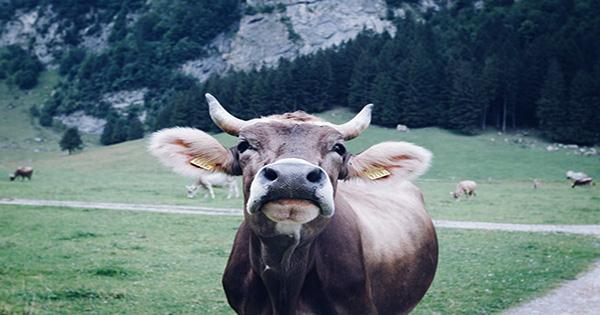Austrian scientists have discovered that bacteria present in cattle’s digestive system can break down plastic and this is likely to be a powerful way to help reduce plastic contamination. These early discoveries were published in the Frontiers Journal of Bioengineering and Biotechnology. A cow’s diet already contains natural plant polyester, so the team confidently stated that their stomachs have some mechanism capable of conducting polyester hydrolysis, a chemical reaction that breaks down such substances. The line of thought was: if they could tear down these biological polyesters, could they do the same thing for synthetics?
Corresponding author Dr Doris Ribitsch, of the University of Natural Resources and Life Sciences in Vienna, said in a statement, “A large microbial population lives in the rumen reticulum and is responsible for digesting animal food.” “So we suspect that some biological activity may also be used for polyester hydrolysis.” When the team identified these bacteria in the rumen (one of the four divisions of the cow’s stomach), they tested the ability to break down the most common thermoplastic polythene terephthalate or PET in the polyester family. They tested two more types of plastic.
One of these was polybullin adipate terphthalate or PBAT, commonly used in compostable plastic bags. The other was polyethylene furaweight, PEF, which is made from plant-derived sugars. These three plastic samples were placed in an incubated rumen fluid. The plastic was turned into either powder or plastic film. The results are certainly exciting – the three plastics broke without any problems. The powders were broken down faster than the films, which is not surprising given that chemical reactions occur faster as the surface area of the reactor increases.
The team noticed that reactions with rumen liquids were more effective than studies that looked at single microorganisms to break down plastics. The team believes that the rumen fluid may be more suitable for environmental work. Plastic degradation can be the work of multiple enzymes working in the top state for the properties of rumen fluid. Dr. Ribbits explained, “It’s easy to imagine the rise of slaughterhouses every day because of the accumulation of large quantities of rum.”















